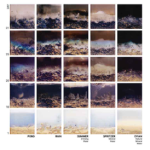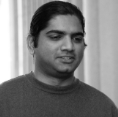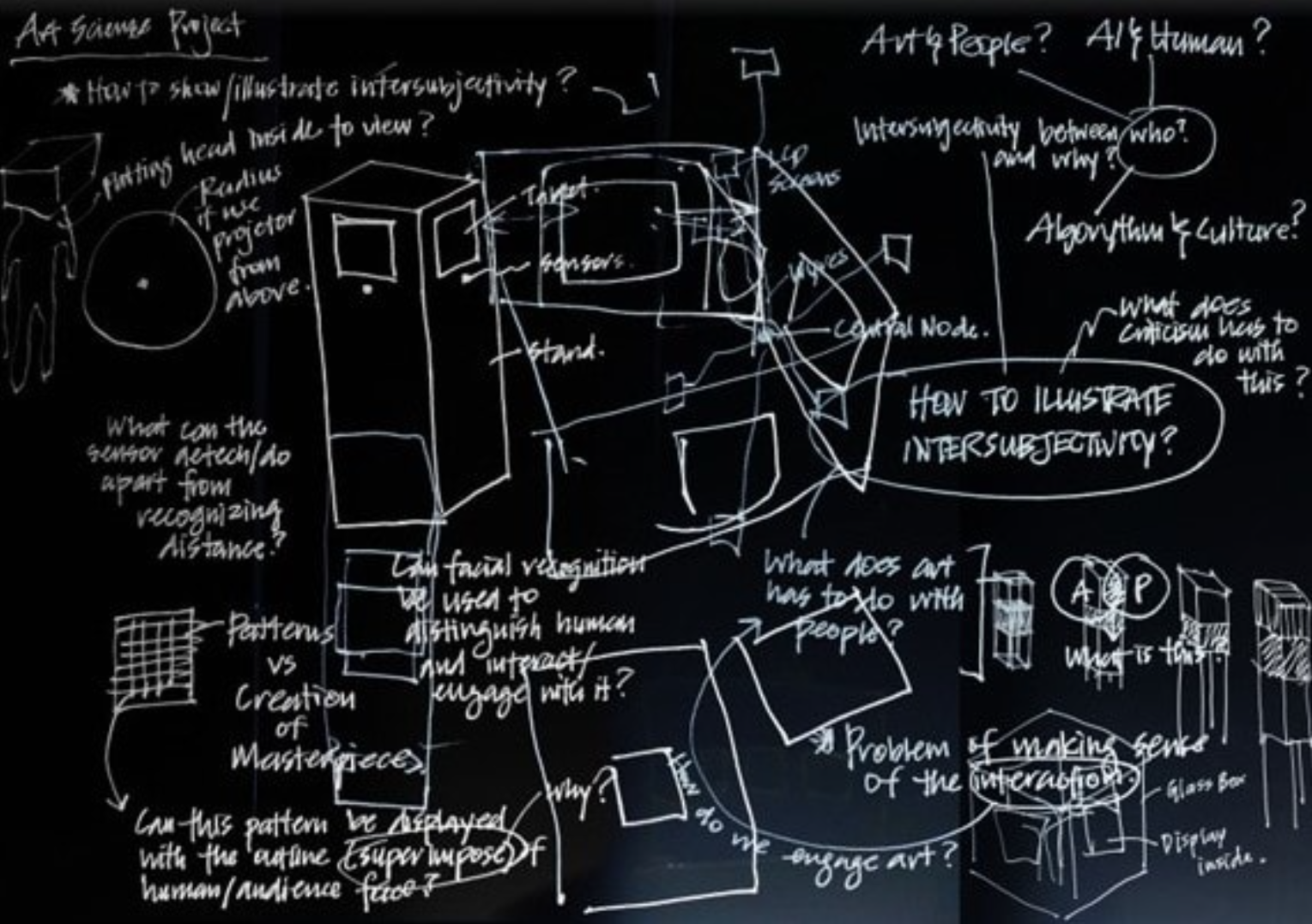
Before Your Very Eyes

Magnetite Art

Before Your Very Eyes

Magnetite Art
C.U.L.T Continuous Uninterupted Linear Training
Dr. Roopesh Sitharan (MMU)
Dr. Mohd Hafizuddin Bin Mohd Yusof (MMU)


The foundation of science is built on its symbolic authority that has come to characterize the studying of things objectively. This command over knowledge is sustained by the predictive success followed by ambit of explanations in which concepts, law and theories accurately reflect the facts and processes in the physical world. While reverence for scientific knowledge evidently produce much needed certainty and standardization in studying the world, however the general appeal of science is relative to the austere understanding of knowledge whereby it is deemed to be free of personal and embodied experiences that makes human subjectivity. Arguably this immunity from humanistic qualities, or in other words the ‘objectification’ in learning is the basis for the amplification of human capabilities in conquering nature by curbing any unanticipated possibilities while ratify the confidence in human efficiency of administrating life in this planet and beyond. Fundamentally the philosophy of science is governed by logical positivism that ‘objectifies’ matter as an explicit principle for the selection and verification of scientific findings. A such, without objectivity as a guiding ideal there can be no science. This approach produces a supposedly unbiased description of the world in which human experience and perception can be discerned in a value-free language substantiated by facts of empirical findings. The positivist depiction of laws and theories in science (which includes social science) is believed to reveal the most transparent image of reality. It is this ideal of scientific objectivity, the quality of being free of human perspective and subjectivity that becomes the foundation for the techniques and technologies of algorithmic quantification by artificial intelligence (AI). The infusion of AI into the fabric of daily life sees an intensification of cognition activities that are deemed to be neutral, highly structured and complex with universal appeal. Controversial it may be; some scientist even argue that the ability of AI surpasses human capabilities in exceeding certain key distinctive properties of human beings, specifically in the high-level cognition processing associated with Big Data. Cognition has been reconceptualized and reduced to computation processing where human subjects are analysed as mere sets of data and probabilities consequently truncating subjective thoughts and expression as inconsequential.
In this circumstance, the individuality of a person is quantified and broken into divisible digits. Crucially with the ascendency of predictive analytics, algorithms and other data centric intelligence – the affective qualities of a person, or to put it differently the views, thoughts and feeling of an embodied human subject that makes up humanistic subjective reality recedes into some form of subset that could be enumerated. As a result, a subject is ultimately deprived of subjectivity when altered into numeric abstraction of quantifiable data which holds capital value under the pretext of the symbolic authority of scientific objectivism. It is at this juncture that the project argues for the necessity of convergence between artistic and scientific philosophy. Before proceeding, it must be clarified that convergence here must not be taken on face value as an act of coming together or merging of two different philosophical thoughts to demonstrate some form of unification, or cohesiveness in articulation. The hesitation here is driven by the normality of this approach where it usually ends up withholding one domain as mere illustration, or depiction tool for an idea presented by the other – usually being the art as visually interpreting a complex idea put forth by science.
Acknowledging this, the project deliberately contends that convergence must be approached as a violent act of collision that occurs in the meeting between these two philosophies. The point here is not to demonstrate the radical difference between art and science whereby paving the path for some essentialist take on these domains. On the contrary, this take on ‘convergence’ is meant to operate as a critique towards the dominance of objectivism that supresses other forms of knowledge building and operation - crucially important to pinpoint skewed pragmatism of such underlying philosophy that comes to dictate values that are deemed important for humans. With this as the basis, the research project ruminates the possibilities of subjectivity behind the invisible infrastructure of AI through exploration of artistic creativity. This is done by allowing an AI to learn from 2425 works of Malaysian art that was officially auctioned for the past 10 years. The AI then translated these Malaysian artworks into square and spiral color-coded mosaics during the learning process by looking at 2048 specific points in a 2D artwork and corresponding these points with three color cluster, namely RGB using deep learning algorithm. At this preliminary stage the AI successfully interpreted these artworks into mosaics of its learning analytics and the aim is to somehow enable the AI to spontaneously create a Malaysian 2D artwork based upon the dataset that it has learned and created.
While certainly the autonomy of AI dictates the output of the visualization as it could be seen in the attached appendix, however the intention here is to call into question the neutrality of such visualization. The common line of thinking is that the data usage in AI learning and analytics removes bias. But the influences, experiences and perspectives of those creating datasets dictates the taxonomies in the learning process. For our project, the taxonomy is the value dictated by Malaysian art market. Immersed in these datasets, the AI could possibility demonstrate computational sovereignty by creating a masterpiece of Malaysian art that worth millions of ringgits. But pressingly the paradoxical nature of this anticipated creativity from the machine also calls into question the sets of expectation that we have in pursuing this suspicion of subjectivity in AI. Perhaps what we define and argue as subjectivity could also incidentally do not manifest in the way in which we, human expect for it to do so. Having this in mind, the project is pursued in a speculative manner to argue for new concepts in machine learning that involves a process of envisioning the possibility of thinking beyond the definitive model of objectivism as well as subjectivism.

